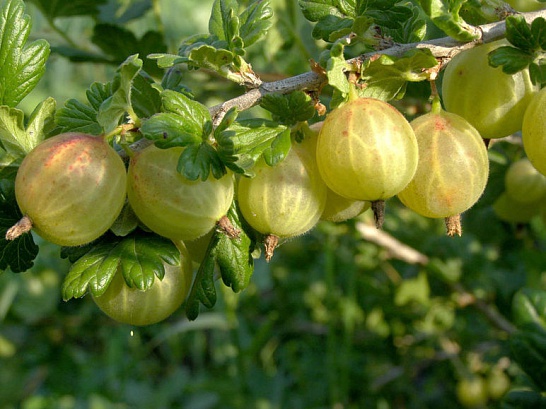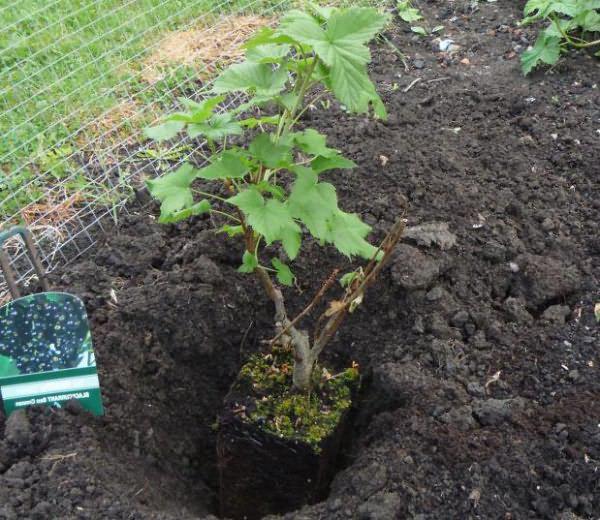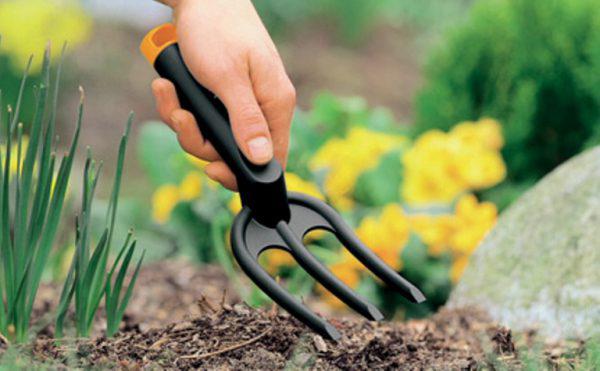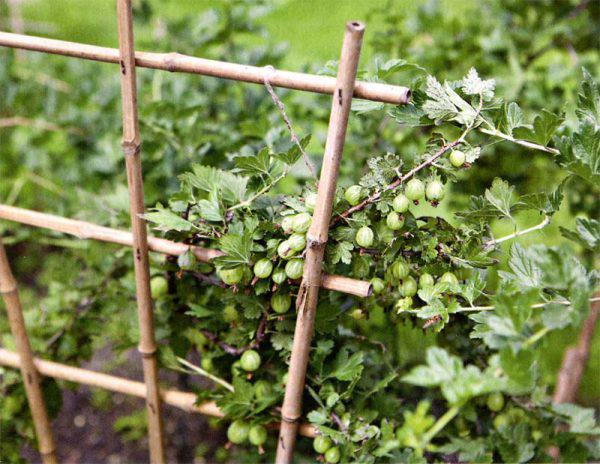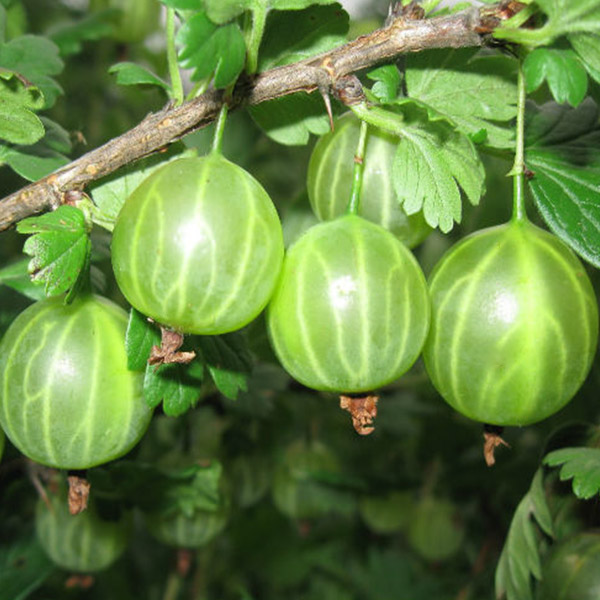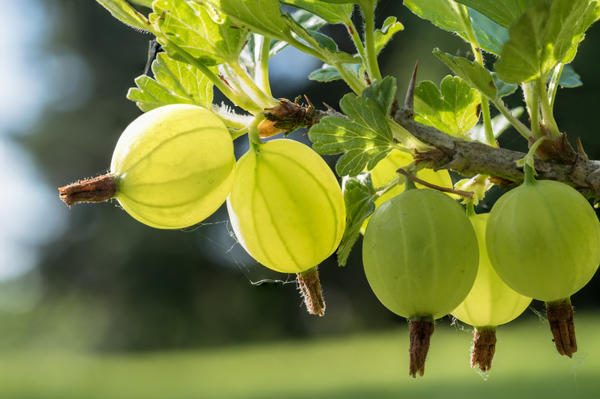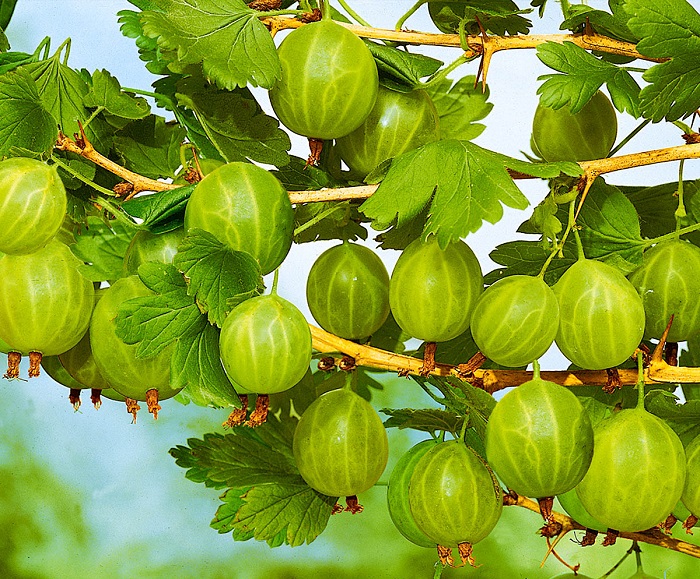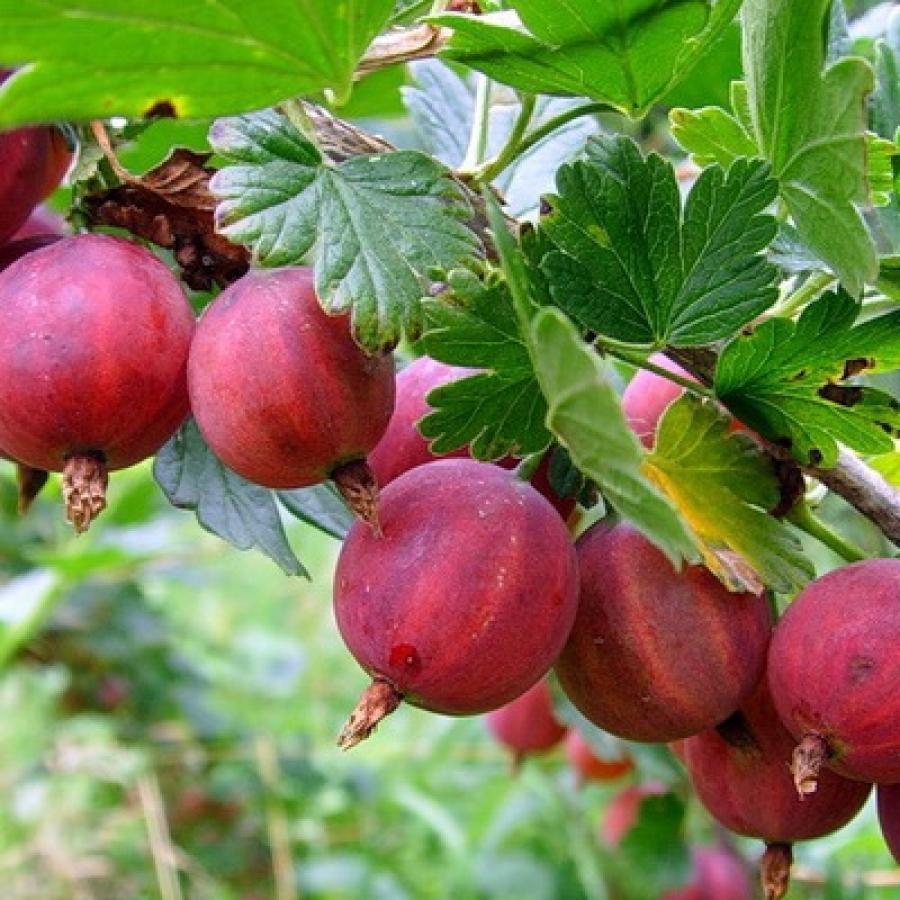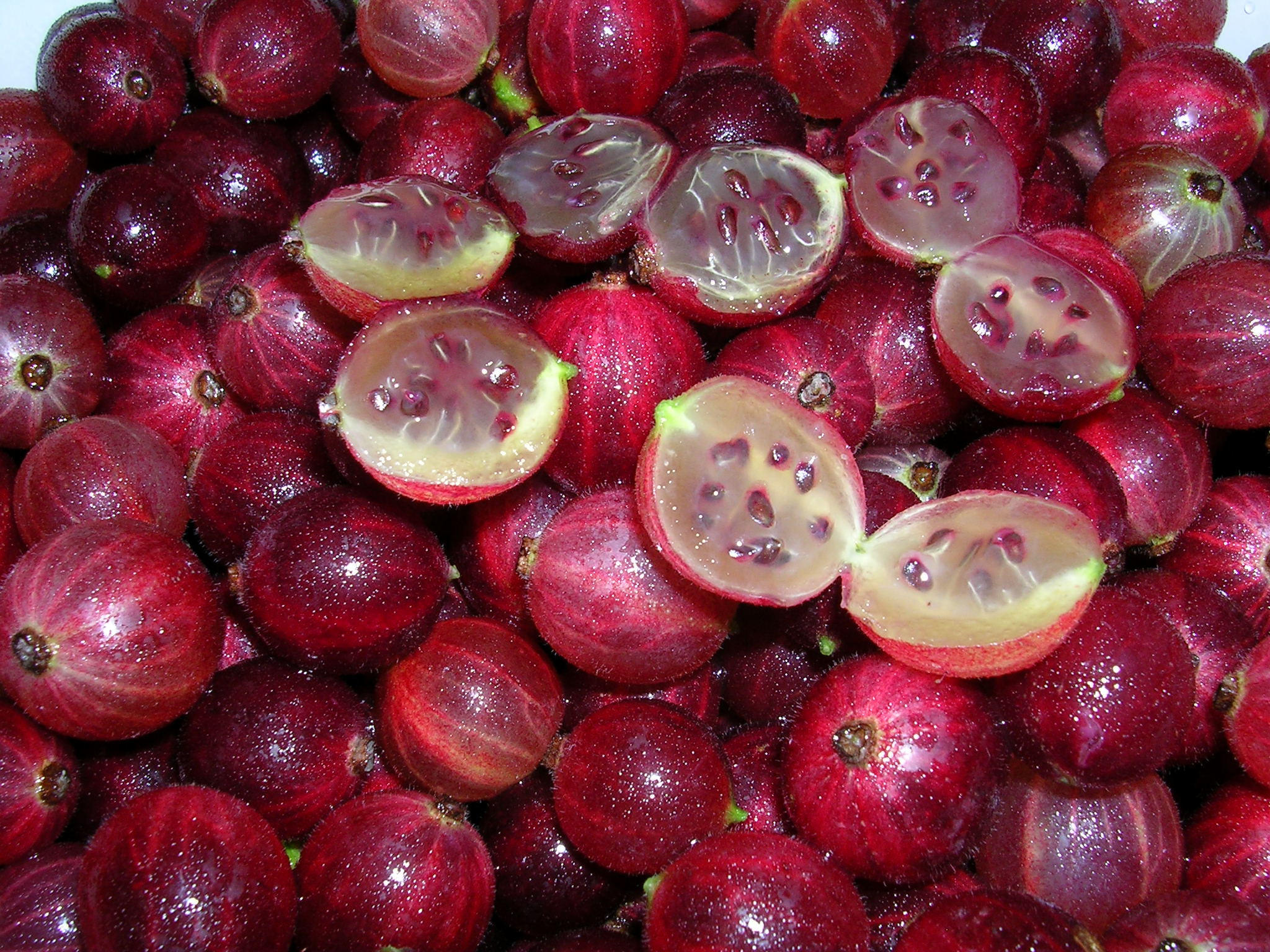Gooseberries are believed to have a delicious taste. It is known that Empress Catherine II considered jam made from this berry one of the most delicious dishes. Gooseberry Rodnik is a variety that was created relatively recently. It is known not only for its special taste, but also for its frost resistance, as well as for its fairly high yield.
Variety creation
The spring was bred by Moscow breeders in 2001. Popova I.V. and Simonova M.N., who created the variety, used the Lada and Purman varieties for this purpose. In the Register of Breeding Achievements, it was noted that it is recommended to grow it in Central Russia.
Description
Gooseberry Spring is in many ways a special variety with important characteristics:
- The shrub is of medium height, erect and spreading;
- The shoots of the plant are thick, as they grow, they change color from green to gray, which is inherent in adult specimens;
- Although the gooseberry has thorns, there are relatively few of them, and they are concentrated at the base of the plant. In addition, they are not rigid and of medium thickness;
- The buds are relatively large, oval and brown in color;
- The leaves have wavy edges and a slightly shiny green color;
- The flowers of the gooseberry are relatively large and are collected in clusters;
- The berries are large, green in color with dull white veins. As they ripen, they acquire a reddish tint;
- The fruits have a juicy pulp and an exquisite sweet and sour taste. When the tasting was carried out, experts gave the plant 4.8 points out of five, giving it the best characteristics. It is believed that the berries contain 7.3% sugar and 2% acid, which is considered to be close to the ideal proportion and perfectly balanced taste;
- The average weight of one berry is about 7 grams;
- Shrubs have a fairly high yield. Moreover, from one bush, you can usually get about 7.5 kilograms of the crop.
On a note. Gooseberry variety Rodnik is early maturing - fruiting occurs already at the end of June.
Landing features
In order to plant the shrub, it is best to use annual seedlings. In this case, it is worth giving preference to those with a closed root system.
When buying a plant, it is important to make sure that it is viable:
- When purchasing, you should pay attention to the length of the roots, which should not be too short. In the future, when planting, you will need to trim them;
- Looking at the slices, you need to make sure that the shoots are fresh and not deformed.
If you need to transport seedlings, the root system needs to be wrapped with a damp cloth, and cellophane should be placed on top of it.
They are usually kept in a stimulating solution for a while before planting.
Procedure progress
In order to ensure high yields, certain rules must be observed when planting.
Typically, this process occurs as follows:
- The place must be well lit. It should not be shaded by a house or high fence;
- It is undesirable to choose a lowland with a high level of groundwater. Increased humidity will subsequently lead to a drop in yield. You also need to pay attention to the need to ensure good drainage. There should be no waterlogging after heavy rain;
- There can be no strong wind at the landing site.Sometimes, in order to achieve this, the spring gooseberry is planted next to a low hedge so that it does not block the sunlight;
- When several seedlings are planted, they are placed at a distance of about one meter. If a tree grows nearby, the range is increased. In this case, it will be two to three meters. Some tree species may require a longer planting distance;
- There are also special rules for soil. Before planting, it is necessary to measure the pH and take into account that the plant does not like acidic soils. In order to carry out preparation, you need to take care of this in advance. This can be achieved by adding wood ash, chalk, or quicklime several months before. This should be done about three to four months before disembarkation;
- To land, you will need to dig a hole half a meter deep and 40 centimeters wide. It is recommended to put humus and some fertilizers at the bottom. Usually superphosphate and potassium salts are used for this purpose. For one seedling, it is enough to use 100-150 grams of the first and 50 grams of the second. You need about four or five kilograms of humus. Usually the specified amount is sufficient for the entire season. Next, you will need to feed;
- When planting, the seedling is set vertically, the roots are carefully straightened and covered with earth. The root collar must be deepened by 5-6 centimeters. The soil for leaving needs to be moistened several times and then carefully tamped;
- After done, you need to water the gooseberries well. The top layer must be mulched. This will keep moisture well at the roots of the plant;
- Now it remains to cut off the aerial part at the level of the sixth kidney. In the future, this operation will allow you to get beautiful lateral processes and at the same time a compact bush.
There is no special need to use seedlings. Gooseberry bush can be a source of planting material. To do this, they drop in the tips of the cut branches and wait for the roots to grow. It is also possible to dig in root cuttings.
There is an easy way to check acidity. To do this, it is enough to pour a teaspoon of soil onto the glass and pour it with ordinary nine percent vinegar. If the soil is acidic, foam will not form, otherwise it will form.
During the first year, the spring gooseberry will not bear fruit. This will take place from the second year. There are cases when, in especially favorable conditions, the fruiting of a shrub of this variety lasted for 40 years or more.
Growing process
- Watering the gooseberries is often required, but a small amount of water must be used. This will help avoid excess moisture;
- It is necessary regularly, at least once a month, to loosen the earth. The soil must be processed carefully, trying not to damage the roots;
- It is believed that you need to feed the shrub three times during the season. At the same time, for the first time, even before the plant wakes up in the spring, you need to use nitrogen complexes. Before flowering, 20 grams of ammonium sulfate and 60 grams of superphosphate are required. Additionally, you need to add 5 kilograms of rotted manure or compost. At the end of the season, you need to feed the soil with organic matter;
- It makes sense to use a stalk garter. This will not only facilitate the maintenance process, but will also allow the shrub to grow more even. Some people use tapestries for this purpose;
- Pruning is done at the beginning of each season. At the same time, old and diseased stems are removed. Further, such an operation can also be performed, but more than a third of the branches cannot be deleted at a time. Usually, shoots that are 7 or 8 years old are cut. They are easy to distinguish visually: they are dark in color, curved, and bear very poorly. Thickening branches are also removed.
Description of the gooseberry variety Rodnik speaks of its frost resistance. In winter, the plant does not need shelter from the winter cold, but, despite this, it is believed that it will not be superfluous to warm the soil by pouring a thick layer of sawdust.In addition, old branches and leaves must be removed.
When flowering is over, mullein feeding can be used. Prepare it as follows. For this, cow dung is diluted with water in a ratio of one to four. After that, the mixture is infused for four days. Then she will ferment. Then it is bred again in the same proportion and the bushes are watered at the rate of 10 liters per square meter. Watering will need to be done again in 2-3 weeks.
In spring it is held in the second half of May, summer - it will be required around the third week of June. In the heat, you will have to repeat it about once a week, using three or four buckets per watering.
Bees are a good pollinator. The berries are very attractive to them. Self-pollination of the plant is possible in unfavorable conditions.
Interesting. The plant is not only resistant to winter frost, but also to the most common diseases.
The Rodnik gooseberry variety combines frost resistance, unpretentiousness, exquisite berry taste and high yield. Every gardener who grows gooseberries is unlikely to regret if they start working with him.
